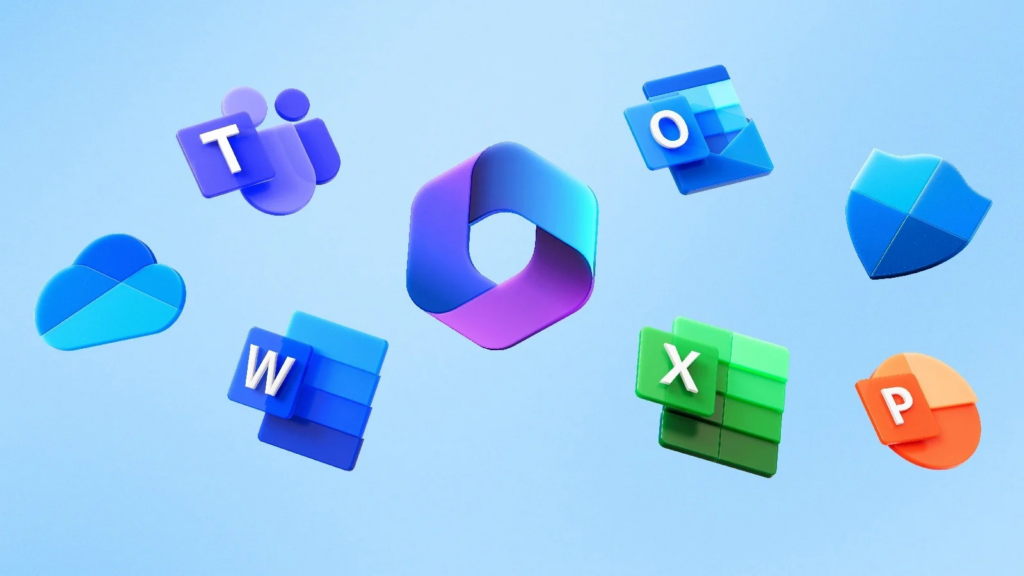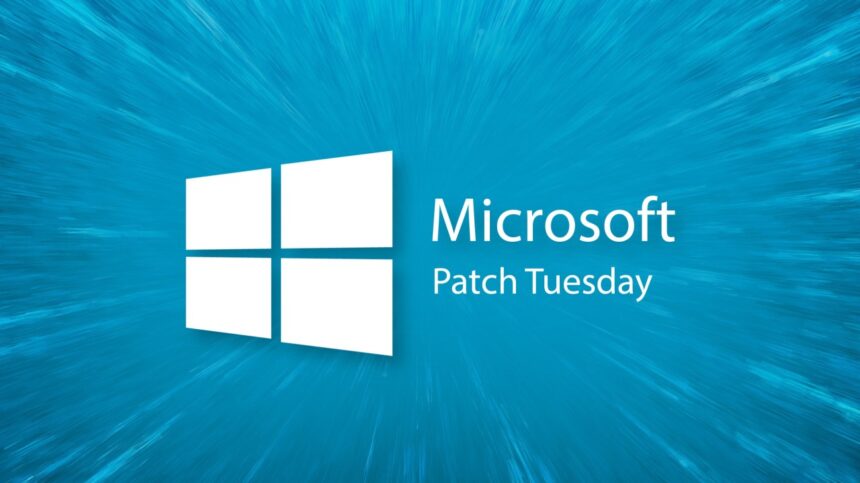Microsoft recently released patches to fix 79 security vulnerabilities across various systems and software, responding to four actively exploited bugs that posed threats to many users. These patches address issues affecting Windows 10, Windows 11, Microsoft Office, and other Microsoft products. Let’s delve into the details of what happened and why it matters.
What’s Happening & Why This Matters
Microsoft’s latest update comes after discovering four vulnerabilities actively exploited by malicious actors. These flaws impact different versions of Windows, including Windows 10 and Windows 11, as well as Microsoft Office and some of its popular applications like SharePoint, Excel, and Visio.

Actively Exploited Flaws
- Remote Code Execution Vulnerability: The first flaw allows attackers to execute remote code by exploiting previously patched bugs. This vulnerability surfaces when a Windows 10 update rollback enables the exploitation of older flaws.
- Windows Installer Issue: The second flaw relates to Windows Installer, where attackers could gain system privileges, affecting systems running Windows 10, Windows 11, or older Windows servers.
- Security Bypass or “Mark of the Web” Flaw (CVE-2024-38217): This flaw could trick users into downloading malicious files. It has affected some versions of Windows 10 and 11 and has been an ongoing problem for about six years.
- Microsoft Office Security Bypass: The last flaw permits attackers to bypass security features in Microsoft Office, allowing malicious files to go undetected in some Office versions.
Impact and Relevance
- Microsoft’s response indicates the severity of these vulnerabilities, especially since some have been exploited for several years. The patches cover a wide range of products, underscoring the importance of regular updates to safeguard against these threats. Users running older versions of Windows and Office need to pay attention, as they remain particularly vulnerable.
What Users Need to Do
- Microsoft encourages all users to install the latest updates immediately. For Windows 11 users, updates can be accessed by searching for “updates” in the search bar and selecting “check for updates.” This will open the Windows Update menu, where users can view their update status and apply the newest patches. For those interested in early access to new features or updates, Microsoft suggests joining the Windows Insider Program.
TF Summary: What’s Next?
Microsoft’s release of these patches underscores the critical need for vigilance in cybersecurity. The company remains committed to addressing vulnerabilities promptly, but users must ensure they apply these updates to stay protected. Future updates may focus on refining security protocols further and offering advanced protection against these types of threats. Keeping systems updated and monitoring for new patches will be essential in reducing exposure to potential exploits.

— Text-to-Speech (TTS) provided by gspeech


